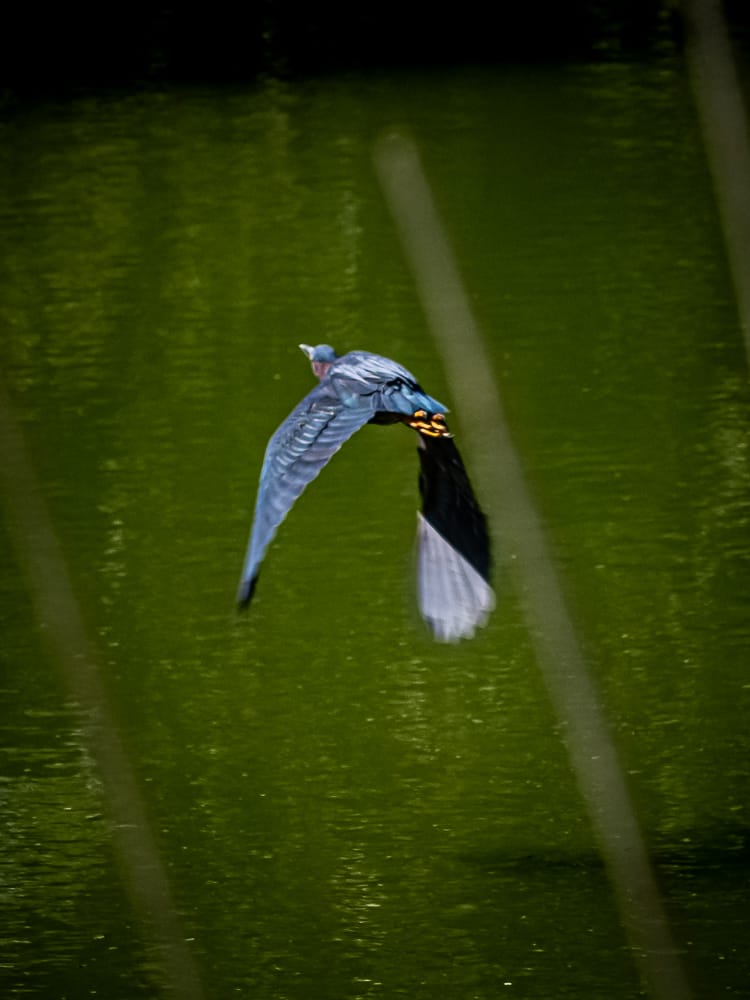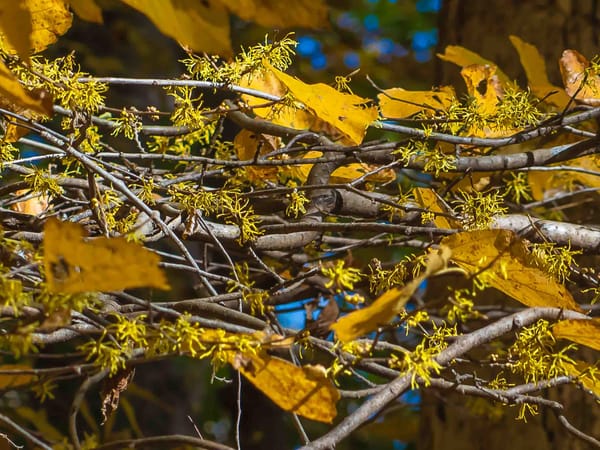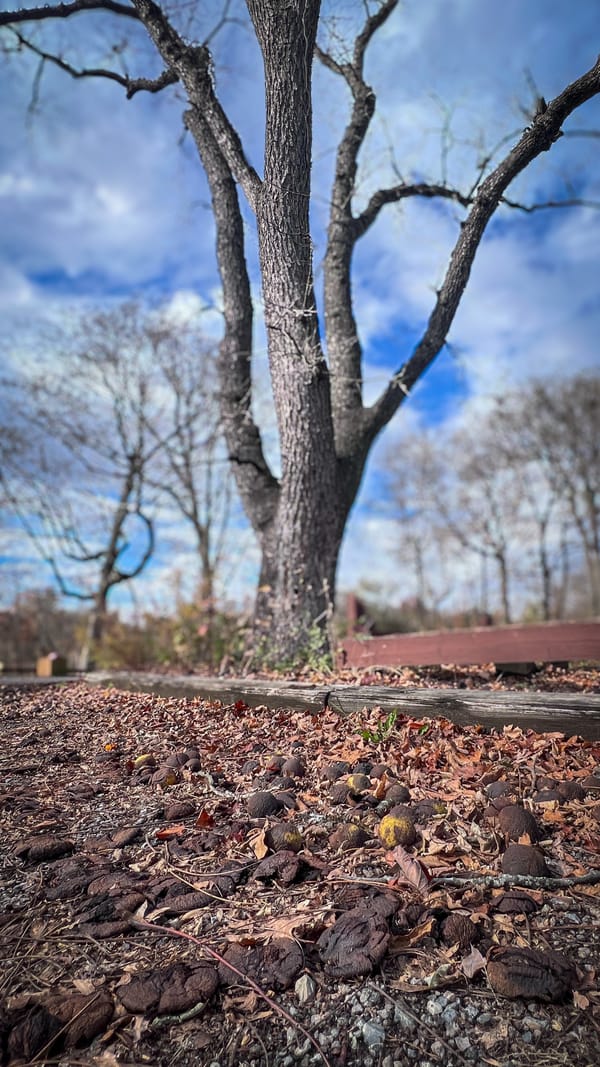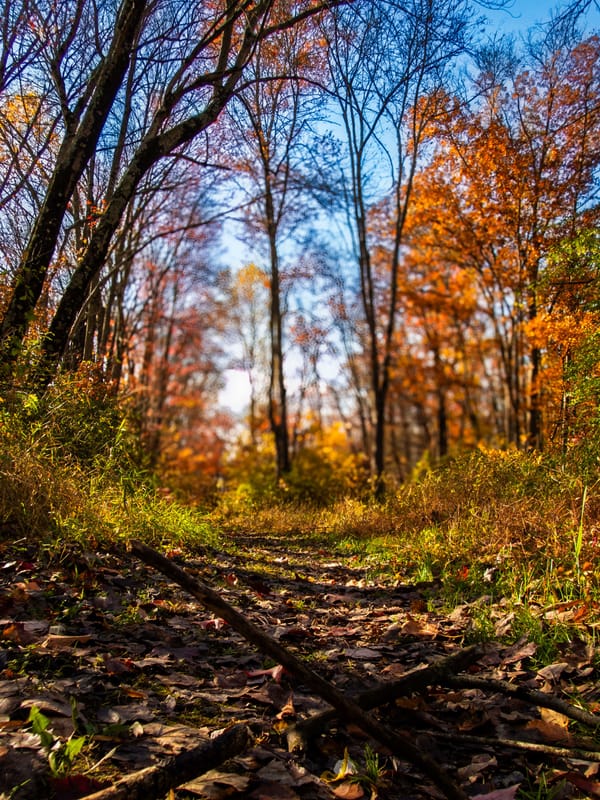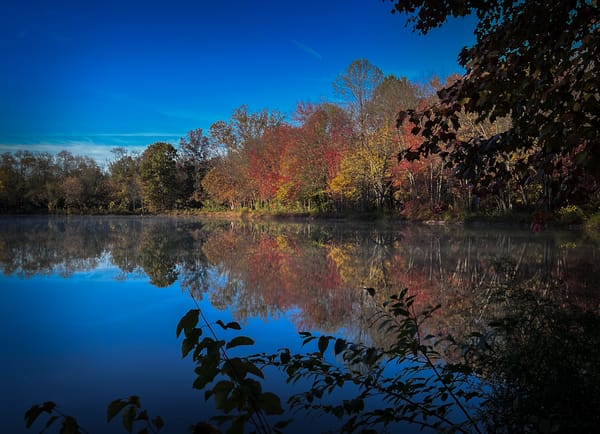Green Heron
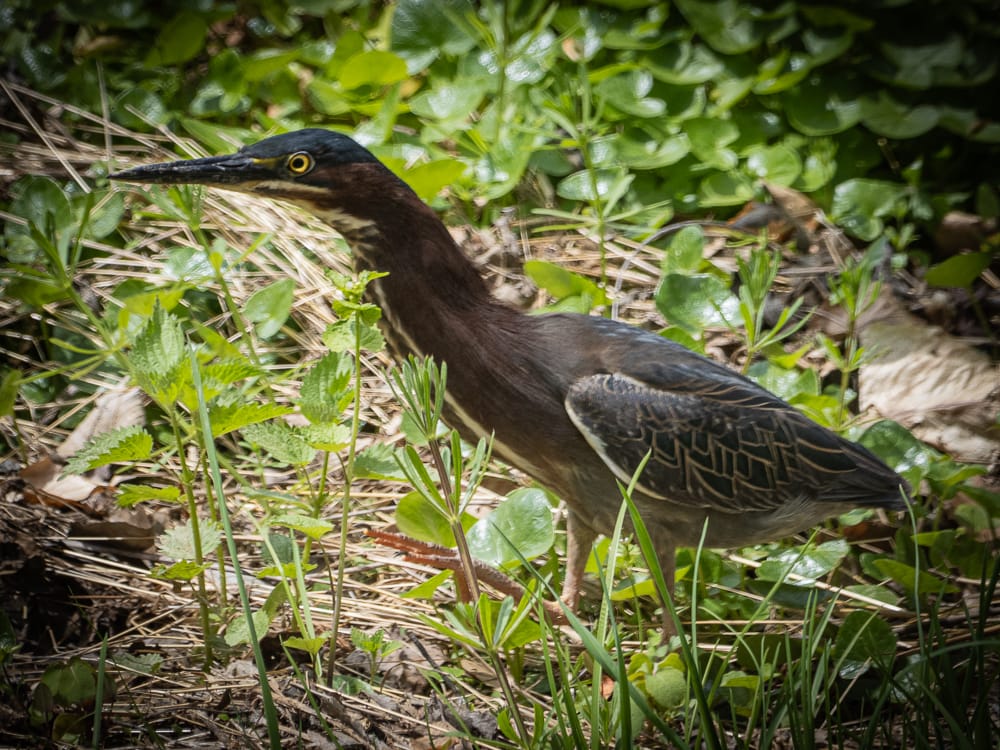
Our Green Herons (Butorides virescens) have returned. They are roughly the size of a crow. At rest they are hunched and stocky, when extended their surprisingly long neck dramatically changes their silhouette.
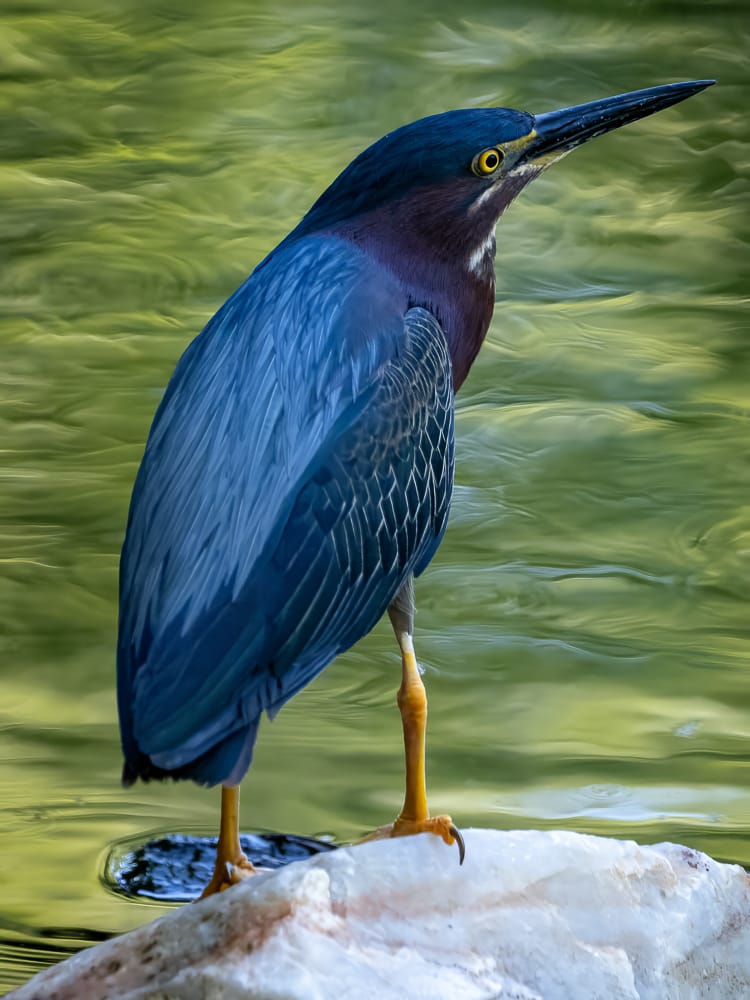
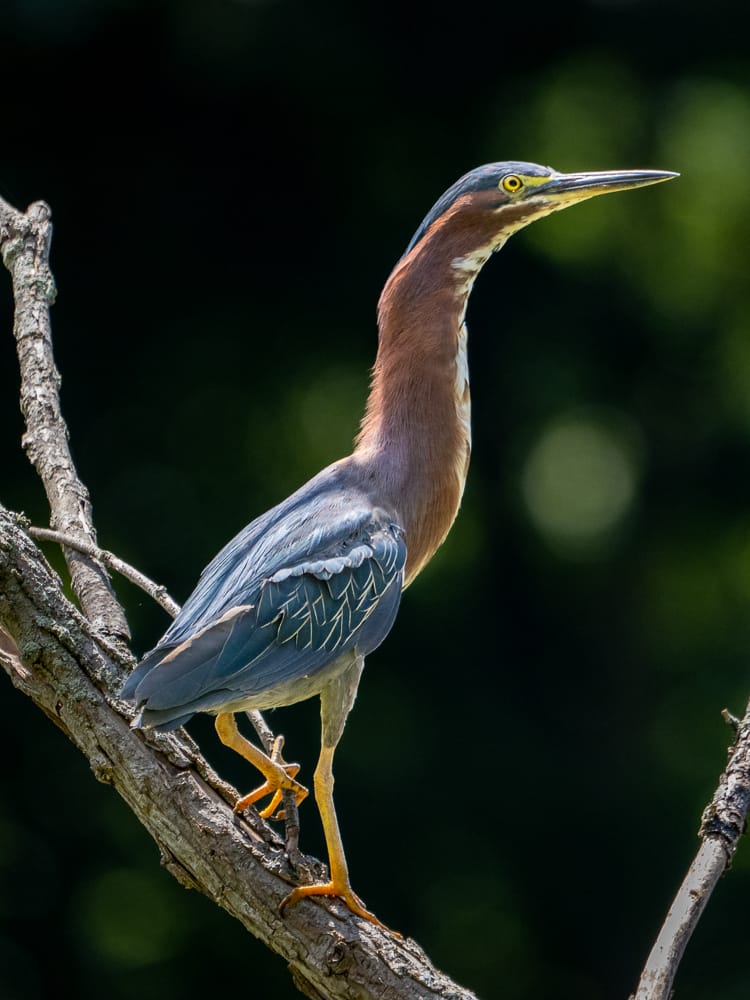
It's all about the neck!
Green Herons are not very green at all. In the right light their crest, back, wings and tail have a dark greenish-black cast, but that's about all the green you’re going to see. They have a chestnut-maroon neck and breast, grayish underparts, and legs and feet that range from greenish-yellow to orange.
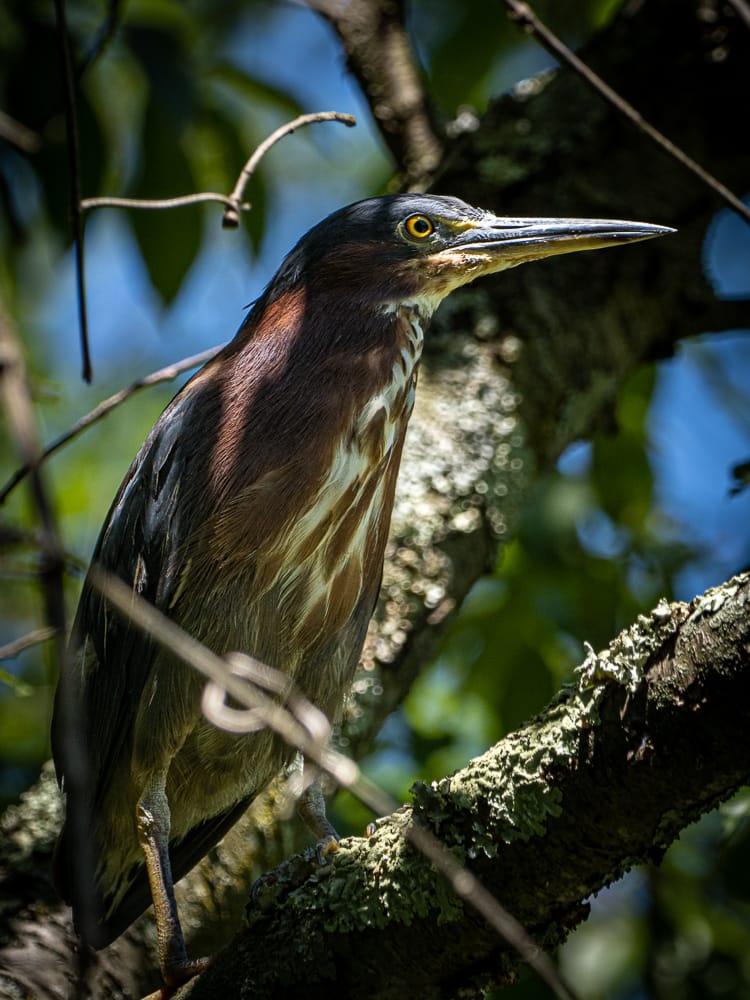
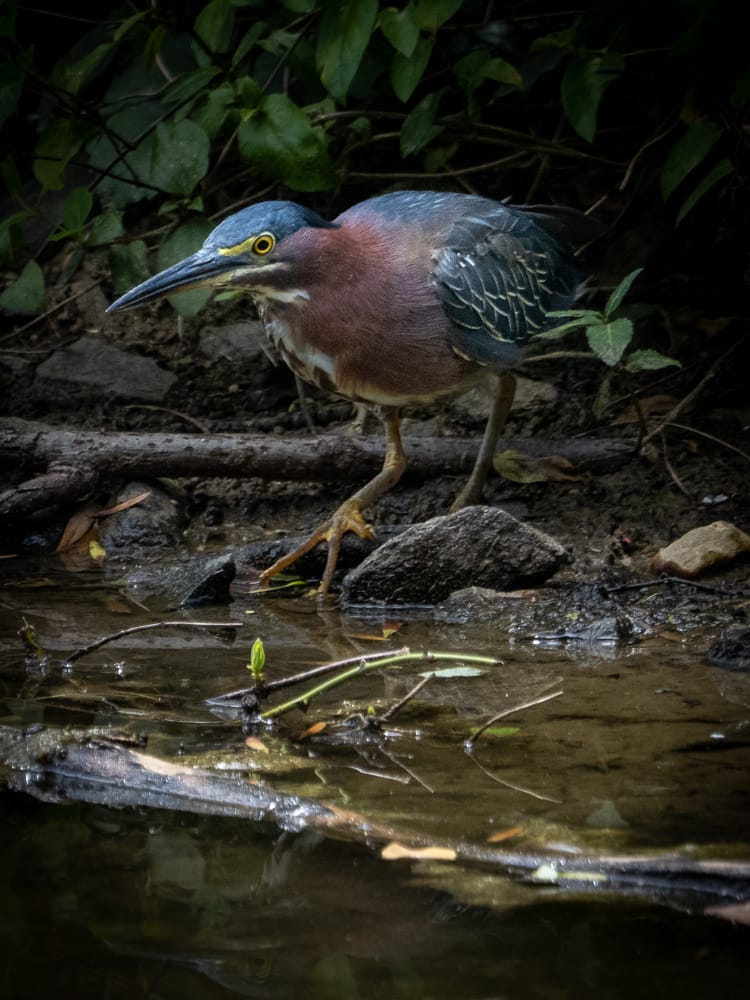
Green Herons stand motionless at the water's edge or crouching on a low branch overhanging the water, waiting for prey to come within striking distance. They prey on small fish, frogs, aquatic insects, crayfish, and occasionally small rodents or snakes. When a target is spotted, the heron extends its neck with lightning speed, snatching the meal with its sharp, dagger-like bill.
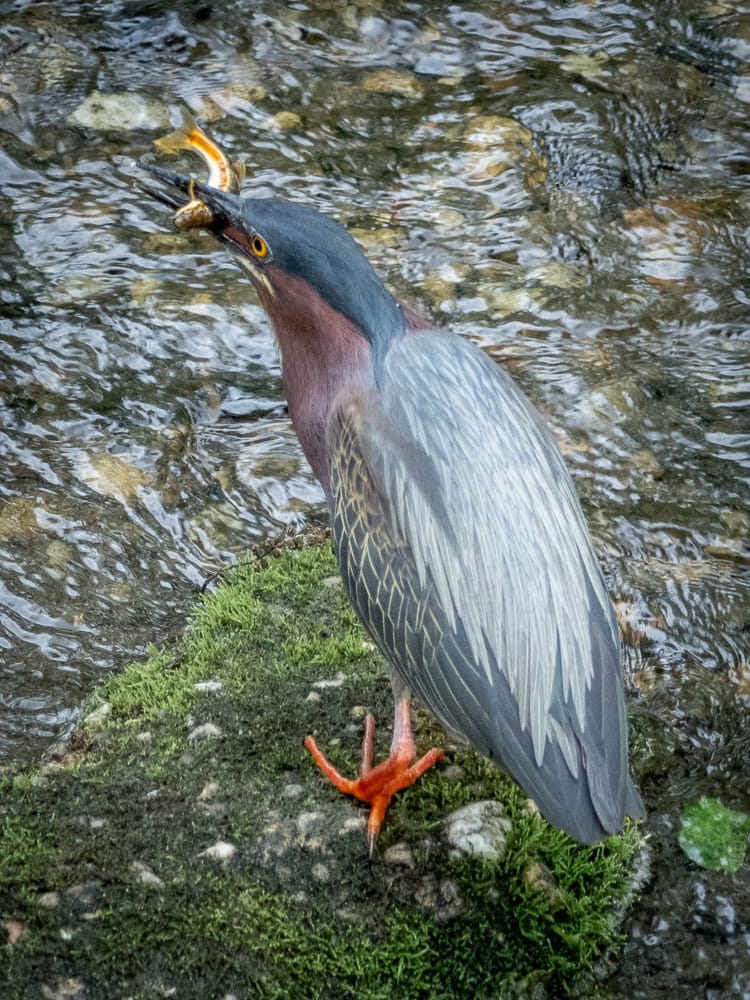
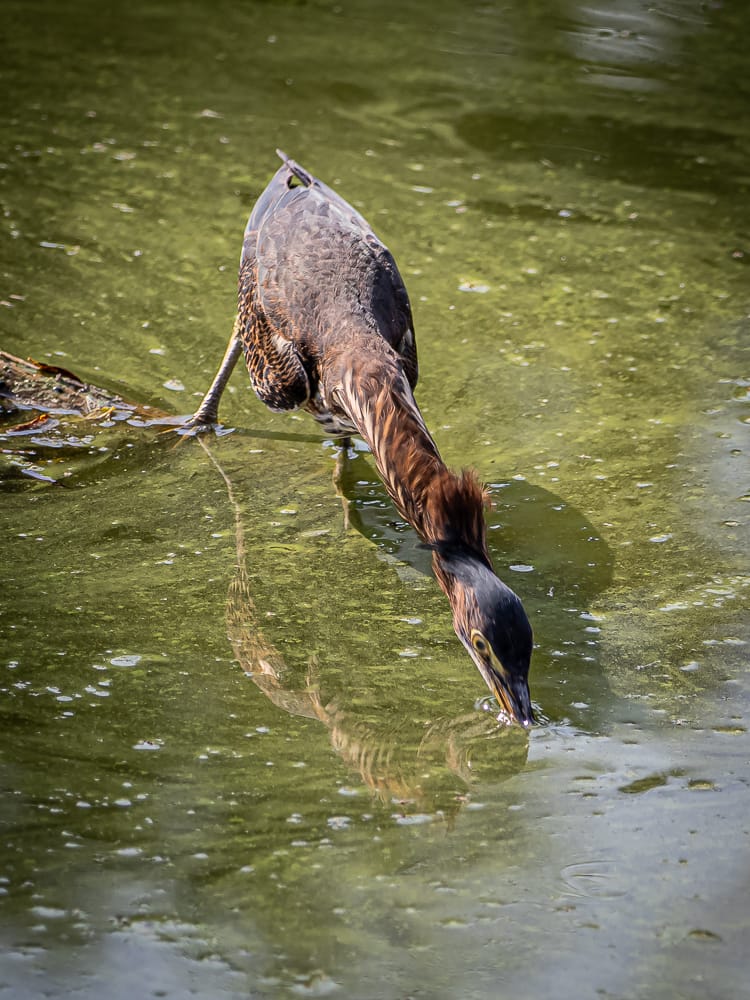
A successful fishing expedition, all because of that fantastic neck.
The Green Heron uses bait to lure fish closer. They'll drop an insect, a feather, a small twig, in the water, wait for unsuspecting fish to investigate, and strike out with that amazing neck.
They will sometimes call a "skeow" or "kyow," when flushed from their hiding spots. I've sensed an exasperated "enough already" in that call when I 've chased them around with my camera.
Green herons are solitary except during breeding season when the pair off and build somewhat flimsy stick nests, usually located in trees overhanging water. Both Herons incubate 3-5 pale blue-green eggs and care for the young chicks after they hatch.
Last year I was able to follow a Pair of Herons through breeding season;

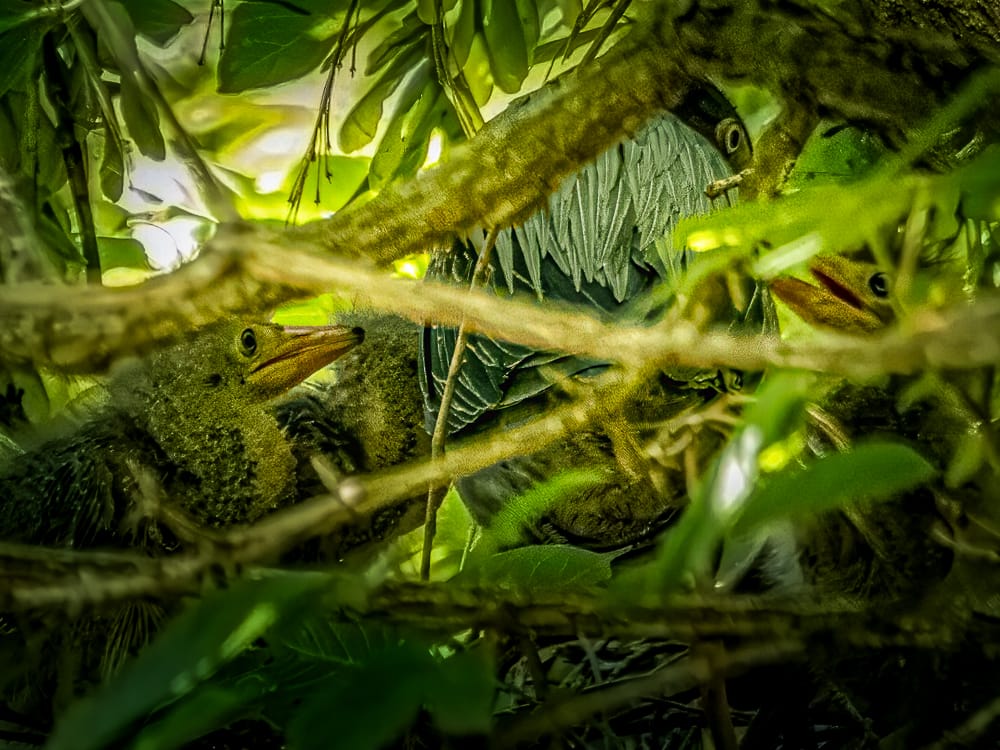
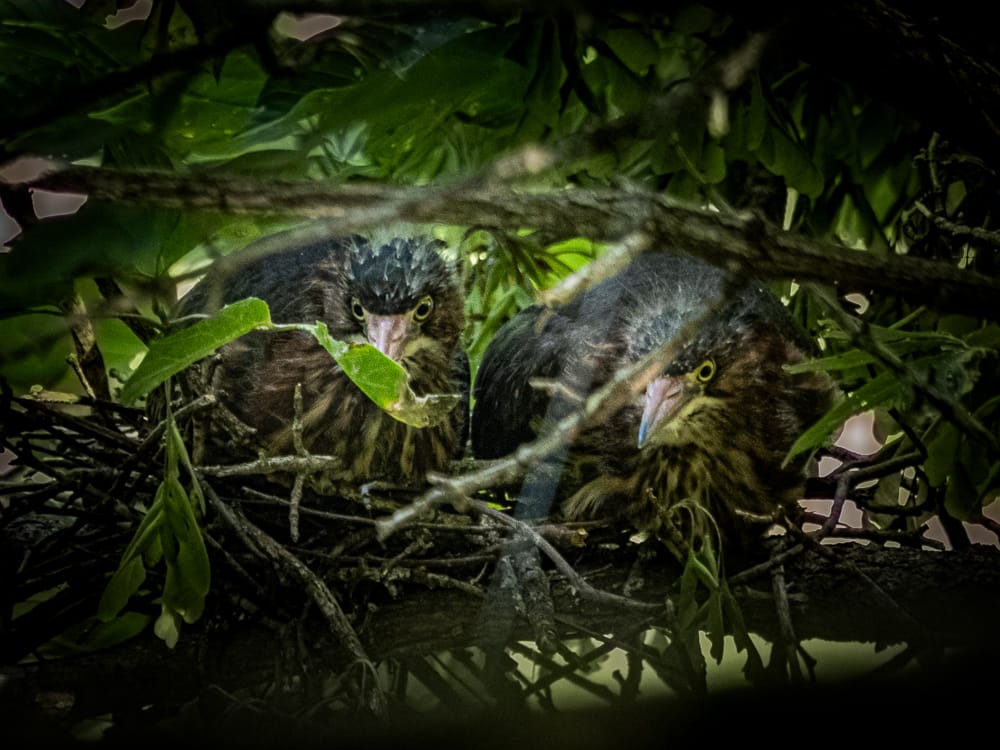
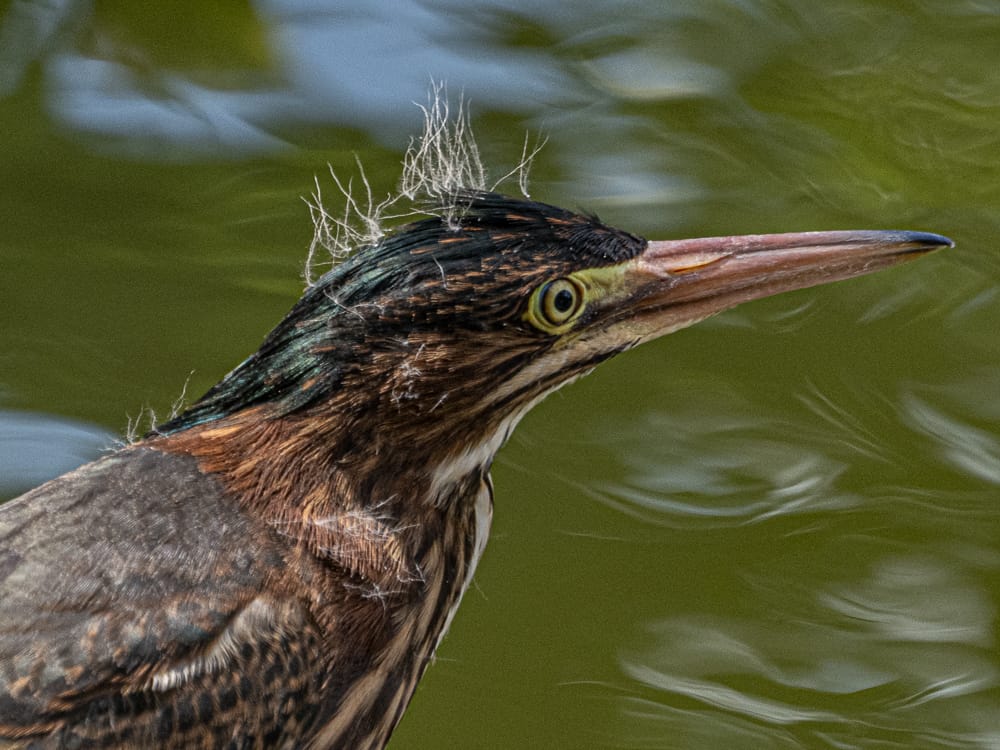
When standing in exactly the right spot you could see the nest and the Heron looking back at you (above left). Three chicks hatched and demanded a lot of care (above right). By the time they were ready to fledge only two remained (lower left). Their feathers filled in and they lost all their down. (lower right)
Green Herons blend into their surroundings making them hard to spot. Just the other day near the creek I spotted a heron, but it had already spotted me (I don't blend in at all). Its tail twitched nervously, and, as I approached, it raised its crest; a gesture of agitation. Suddenly it jumped onto a log, extended its neck and beak straight up, and essentially vanished while still watching me.

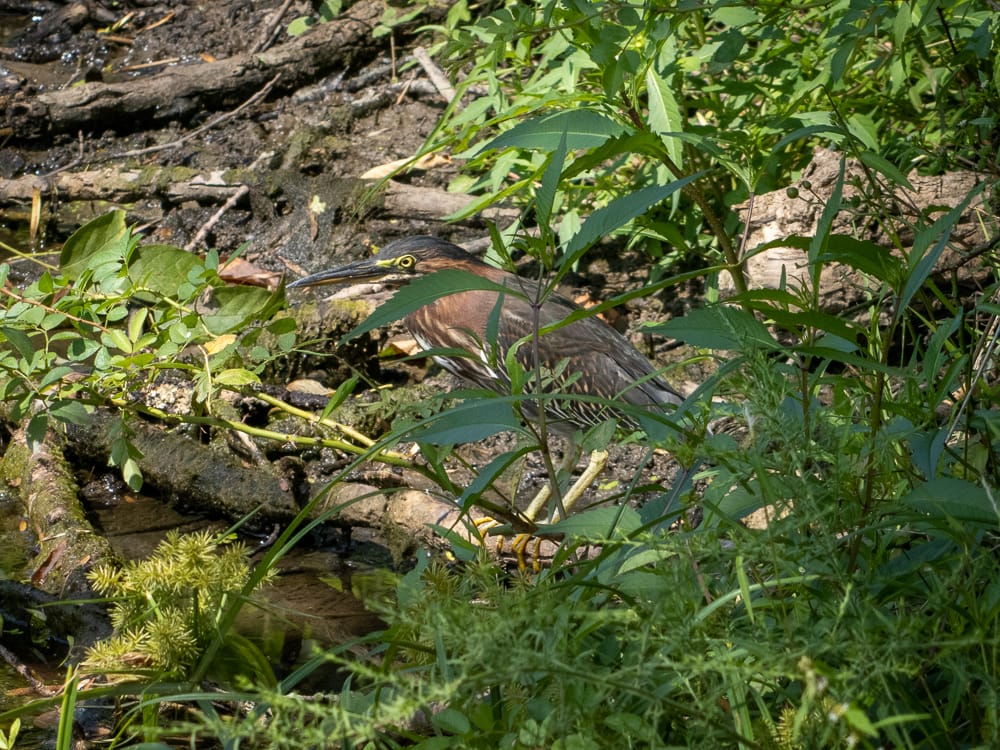
Green Heron in "Bittern Stance" (left), and blending into the background (right)
The Heron stood about 25 feet from me when I photographed it with a telephoto lens. The picture doesn't do justice to the visual impact at a distance; it was striking.
This posture, long observed and documented by bird experts, is known as the "Bittern Stance"; bitterns being similarly sized wetland wading birds.
Standing tall with a slender profile, the green heron adopts a perfectly vertical posture, its feathers drawn close to its body, vertical neck stripes enhancing the illusion. This results in a surprisingly thin appearance as the bird remains completely still blending into reeds, cattails, or tall grasses of a wetland habitat.
The presence of a breeding pair of green herons at Nixon Park suggests a thriving wetland environment. Wetland preservation, clean water, and shoreline vegetation are all essential for their survival. Look for them along the edge of the ponds and creek, or in the trees hanging over the water. They should be around until late fall.
